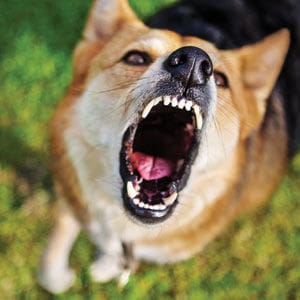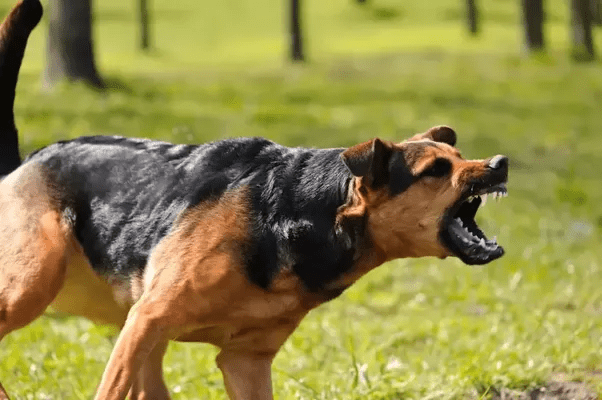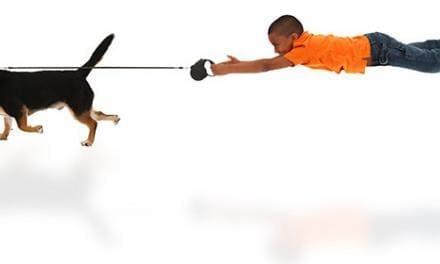Week 15 Ask leighton LIVE Show that goes into more depth…
The Attacks
During a recent dog attack in Utah, an 8-year-old boy jumped the fence (without permission) of a neighbor’s yard to retrieve his ball.
Once over, he was attacked by three pit bulls and suffered soft tissue damage, some abrasions, and puncture wounds. His mother heard the commotion and intervened, eventually throwing the boy back over the fence to save him.
The dogs have since been deemed dangerous and kept in quarantine, and the owners are required to build a six-sided-fence for when they are outside, and they must be kept on a muzzle in public. (Source-Fox 13 News)

Another incident occured in Arizona, where a 1 year old boy was attacked, dragged outside, and killed by the family dog.
Reports say that the child was being watched by the grandmother, when she placed the child down to do something. The family rottweiler then came into the room and attacked the child refusing to release the baby until eventually a gunshot distracted the dog.
The dog has since been euthanized and tested for rabies. (ABC 15 News)
THE FACTS
- Roughly 4 million dog bites, or attacks are recorded each year
- 40 to 50 of these attacks are fatal.
- 1/3 of the cases reported involve infants or children
- Annually insurance companies are paying up to 530 million dollars to cover dog bites

It’s hard to imagine man’s best friend as a potential danger to you or other people around you. But in fact, any dog is more than capable of biting any one or any thing at any time. As pet owners, we need to take an ethical and responsible approach when it comes to managing the relationship we have with our dogs.
Learning how to control and manage situations with our dogs is the best way to prevent a bite or attack. This means that when it comes to training, you’ve essentially got to learn how to parent your dog. More often than not, handlers need to be trained as much as the dogs do!
High-Risk Situations
Babies and Dogs
- Territorial dogs that tend to bark at or otherwise react towards people are probably not good dogs to have around babies. Dogs who are confident, relaxed and not easily nervous or stressed are generally better around small children, but it is never advised to leave your child alone with a dog no matter how safe you think they are.
- Let your dog sniff around and get to know the baby’s room and belongings before actually bringing the baby around the dog.
- Excited or loud children can increase a dog’s prey drive and could lead to an incident. Keep kids as calm and relaxed as possible around dogs.
- Never leave a dog alone with a baby! Ever!
- Working general obedience around children helps increase the overall control of your dog.
Protection vs. Possession
- Dogs are not protective unless they are trained to be that way. Instead, the behavior you see as protective, is actually possessive/territorial in nature.
- Being protective is when a dog can be friendly with anyone until they pose an actual threat.
- Being possessive/territorial, is when a dog growls, barks, raises its hackles, etc., at every other person or dog that comes by, simply to assert their dominance.
- Once you realize the difference, you have to correct every behavior you believed before as “normal” and “protective”.
- Train, evaluate, and train again! A possessive dog is not “fixed” overnight. Teaching your dog to not be possessive should be approached in a step-by-step basis by correcting EVERY behavior that is inappropriate. Tackle each behavior as it comes up and don’t become discouraged in your training.
BSL (Breed-Specific Legislation)
- BSL blames a specific breed of dog for the actions of a select dog.
- We see this commonly applied to Rottweilers and Pitbulls, but truly, anything with teeth can bite.
- Some dog breeds simply do not do well as your traditional “house dog”. Breeds like German Shepherds and Belgian Malinois make for high-drive dogs that love to work, but “with more power comes greater responsibility.” When highly-energetic dogs do not have productive things to channel their energy into, they will direct it towards something harmful and destructive.

CONCLUSION
As dog owners, we have a responsibility to address the potential dangers of actually having a dog. The bottom line is that when it comes to preventing or managing aggression, supervision is key. Anything can happen at any time. With a dog, mistakes are unavoidable.
The most important thing to remember is to maintain control over your dog at all times and do your part in preparing him for high-energy situations that might result in aggression.


